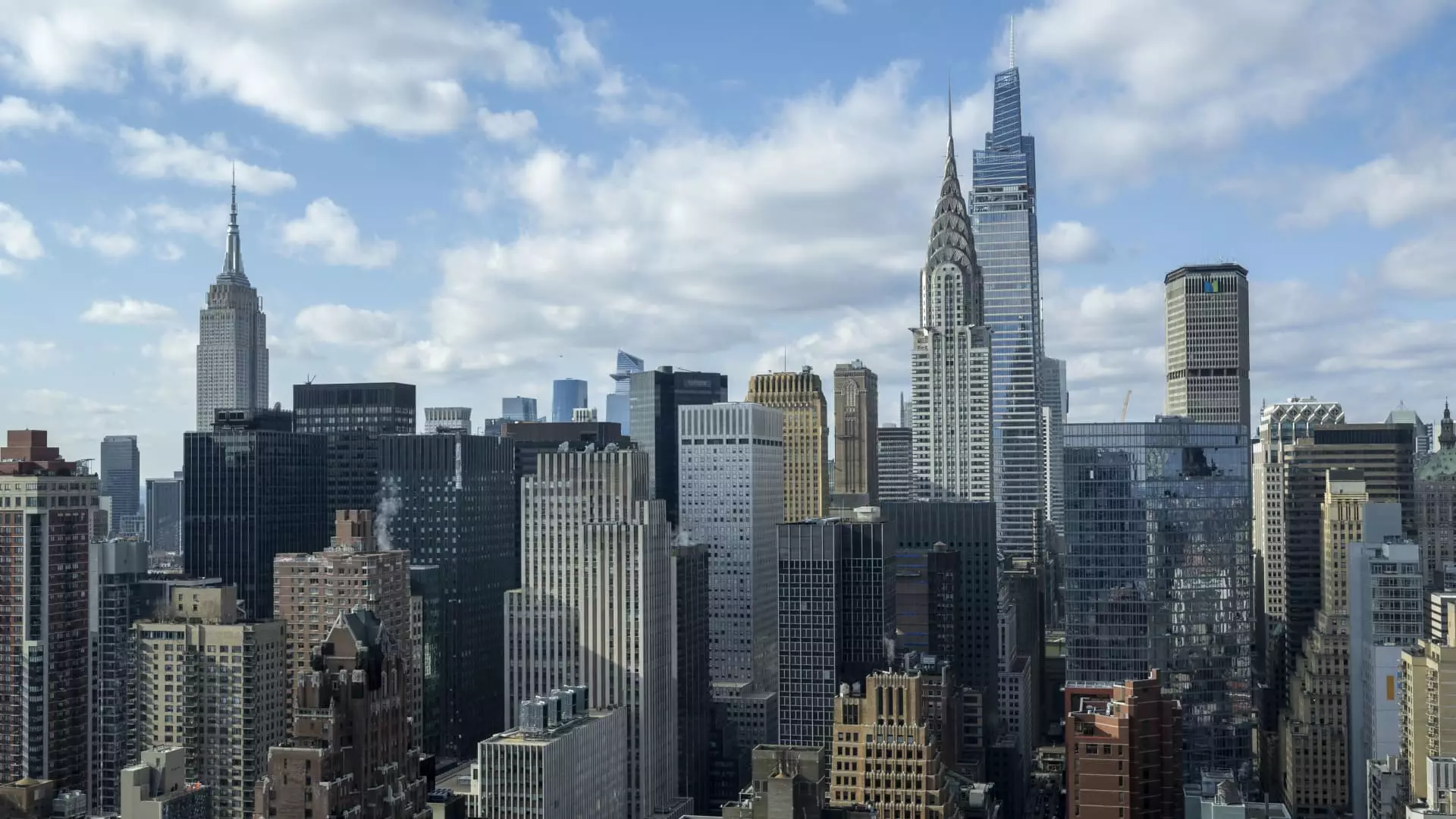The resurgence of demand for office space in New York City marks a significant milestone in the aftermath of the COVID-19 pandemic. Office leasing activity is once again vibrant, primarily fueled by the return of employees to their physical workplaces and a subsequent rise in the appetite for commercial real estate. Recent data from VTS indicates a remarkable 25% increase in office space demand compared to the same quarter last year, suggesting a robust recovery trajectory. This growth is driven by a complex interplay of various factors including behavioral shifts in workplace culture and the unique economic characteristics of New York.
New York’s recovery is particularly pronounced in sectors like finance and technology, which have long been the city’s economic backbone. Nick Romito, CEO of VTS, underscored that the city’s revival reflects its distinctive economic and cultural dynamics, particularly as companies adjust to new work protocols that prioritize in-person collaboration. This highlights how some sectors are adapting by integrating hybrid work models while still valuing the necessity of on-site engagement.
The evolving workplace environments have presented challenges and opportunities for real estate investment trusts (REITs), such as SL Green Realty Corp. Although SL Green experienced a slight shortfall in revenue expectations recently, analysts remain optimistic due to the tightening of the office market and an acceleration in leasing demand. The growth projection provided by SL Green’s CEO, Marc Holliday, suggests a promising forecast, with the expectation of 38,000 additional jobs in office-utilizing roles by 2025, which will nearly certainly stimulate demand for more office space in the coming years.
Crucially, the anticipated rise in office-using jobs is not merely an addition to the existing workforce but represents a change in corporate policy towards more structured in-office attendance. Holliday pointed out an increasing trend of firms calling employees back for in-person work four to five days per week, reflecting a strong commitment to fostering teamwork and collaboration. This collective move towards regular, on-site attendance is expected to saturate the market with “new absorption” for office space, illustrating a significant departure from the remote work norm established during the pandemic.
The decision of major corporations like IBM to expand their office footprint in New York underscores this revitalization. IBM’s lease expansion at One Madison Avenue, which adds over 92,000 square feet to its existing operations, serves as a testament to the company’s continued investment in New York’s technological landscape. Joanne Wright, IBM’s senior vice president, pointed to the company’s goal of creating a collaborative workspace that synergizes its workforce, clients, and partners, highlighting an industry-wide trend in favor of reshaped, interactive office environments.
While New York City stands out as a leader in the office sector recovery, various other metropolitan markets have also exhibited signs of growth. For example, San Francisco experienced a remarkable 32% increase in demand for office space, albeit from a lower base, indicating differing recovery trajectories across the country. Cities like Seattle and Chicago have also reported a 15% growth each, as their employers adopt hybrid work arrangements that necessitate a more consistent office presence.
This landscape illustrates a dual narrative: while major cities are advancing towards traditional office work, the national outlook reveals a slow but steady improvement overall. Nationally, demand has surged 12% from the previous quarter—a break from the historical trend of declining demand during the fourth quarter. Ryan Masiello of VTS acknowledged that despite the backdrop of economic unpredictability, companies are demonstrating renewed confidence in office space investments, signaling a transformation in their long-term strategic planning.
The revival of New York City’s office space demand encapsulates a broader trend of corporate adaptation and employee engagement. As companies navigate the complexities of a post-pandemic world, the data suggests a significant shift in workplace strategies that embrace both flexibility and the indispensable benefits of face-to-face interactions. The confluence of job creation, increased occupancy rates, and substantial lease agreements indicate a promising horizon for the office real estate market, driven by a recalibrated understanding of work in urban settings. As we move into 2025, the dynamics of office leasing in New York and beyond will continue to evolve, potentially reshaping the landscape of commercial real estate for years to come.

